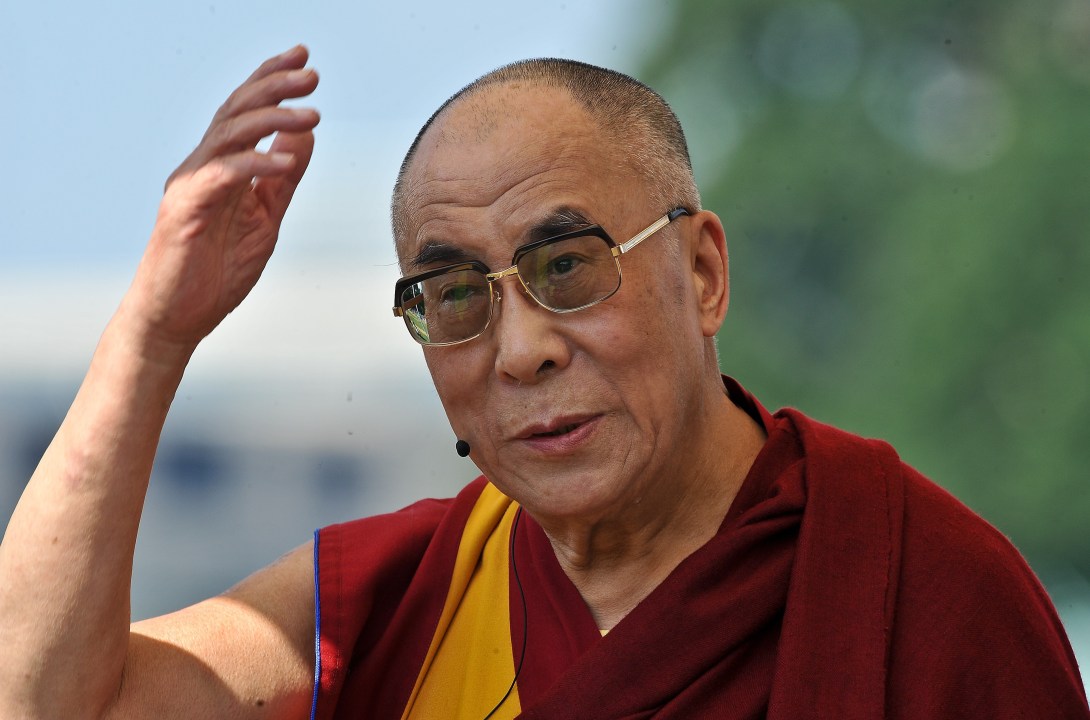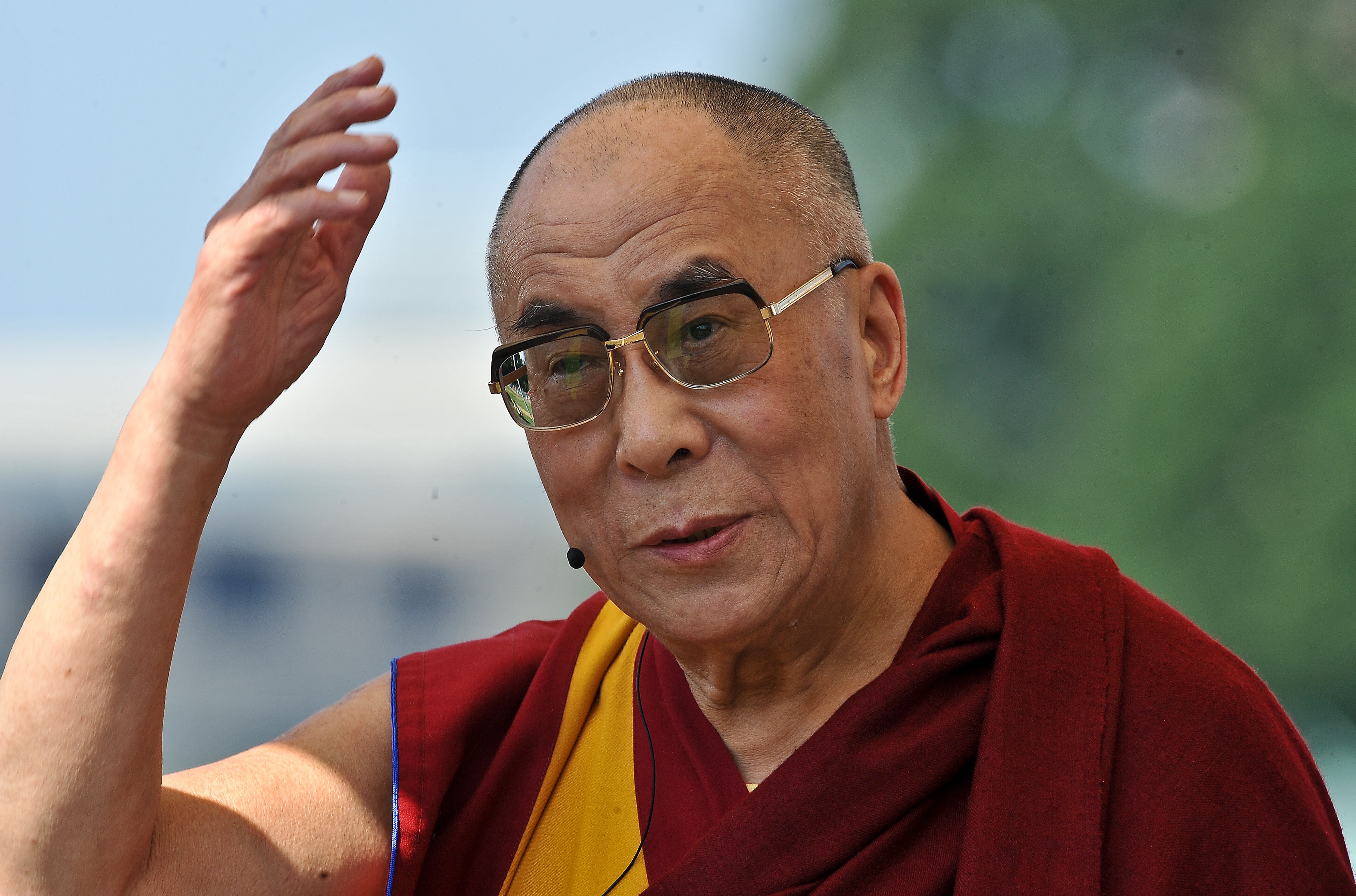 Tenzin Wangmo, a 20-year-old Tibetan nun, woke up to clear skies on October 17th. At
around noon, she gathered the things she needed and walked down the valley to the bridge below her nunnery. Once there, she found a suitable spot, perhaps thumbed the prayer beads strung around her
neck one final time, and began to shout. “Let His Holiness the Dalai Lama return to Tibet!”, she cried. “We want religious freedom!” Then she set herself on fire. She walked up
and down for about eight minutes, a witness says, before collapsing.
Tenzin Wangmo, a 20-year-old Tibetan nun, woke up to clear skies on October 17th. At
around noon, she gathered the things she needed and walked down the valley to the bridge below her nunnery. Once there, she found a suitable spot, perhaps thumbed the prayer beads strung around her
neck one final time, and began to shout. “Let His Holiness the Dalai Lama return to Tibet!”, she cried. “We want religious freedom!” Then she set herself on fire. She walked up
and down for about eight minutes, a witness says, before collapsing.
Ten days before, two teenage former monks set themselves alight in the same region, Aba county in ethnically Tibetan western China, near where I once taught English. A few days before that, it was a 17-year-old monk. Tenzin Wangmo is the ninth Tibetan to self-immolate since March. It is hard to imagine a more disturbing trend.
There is scant religious precedence in Buddhism for this bloody a statement, even if the famous 1963 photograph of a Vietnamese monk burning himself has seared the image in many minds. In the past, the Dalai Lama has condemned self-immolation as violating the sanctity of life. Yet it is chiefly the religious whose certainty of perspective can lead them to such extremes. And in the monasteries of “China’s Tibet”, where it is forbidden to display an image of your spiritual leader and a Stasi-like informer culture exists, there is plenty of fuel to stoke the flames of distress.
Such headlines from Tibet will no doubt ring a prayer bell. The riots that struck Lhasa and other Tibetan areas of China (including Aba) in March 2008 were just as violent, if not self-inflicted. To turn inwards force that once struck out feels sadly like a given-up hope of ever changing things. It is tempting to conflate the broader Tibetan protests and their afterlife of muffled discontent with the protest of Tenzin Wangmo, and explain it all in simple terms of Chinese suppression of Tibetan religious and cultural identity. But no motive to pick up torch and rock is ever simple.
Devotion to Buddhism and the Dalai Lama is formidable across Chinese Tibet. The former – and the tourism cash flow it generates – is tolerated but restricted; the latter – a rival figure to Beijing’s political and historical claim on Tibet – is not tolerated at all. And “autonomous” though central Tibet may be in name, its top official is Chinese (the role was once held by Hu Jintao). But almost every Tibetan I spoke to in areas which rioted in 2008 complained of lack of opportunity before religious or political freedom ever entered the conversation. In other words: it’s the economy, unenlightened one.
That Chinese control has brought economic progress to its impoverished west is undeniable. A typical complaint in Beijing is that China’s ethnic minorities – which form just eight per cent of its population – are biting the hand that feeds them. Yet the benefits of growth tend to go to the influx of Han Chinese immigrants, not locals. Meanwhile, Tibetans feel like second class citizens who struggle to get by as the land which bears their name grows ever less their own.
If the basis of the trouble in Tibet is nuanced, its likely outcome is more straight-forward. Put simply: nada. There is no indication that Beijing will take measures to address Tibetan root grievances – nor those in Xinjiang or Inner Mongolia, both of which regions have also hosted protest over the last months. Discontent at its ethnic backdoor is a status quo that the Chinese Communist Party seems willing to maintain. It is all too easy to “smash any plot to destroy stability in Tibet and jeopardise national unity”, in the words of Xi Jinping, Hu Jintao’s heir-apparent.
What pressure is Britain putting on Hu and Xi to change their tune? Almost as fat a zero. A recent foreign office human rights report voices “concern” over Tibetan rights, then lamely states: “We have urged China to renew its dialogue with the Dalai Lama’s representatives as the best way to reach a solution.” A top-ranking British diplomat told me in Beijing that in high-level talks, the UK might raise the Tibet issue, but the agenda item is token and swiftly passed over in the face of Chinese intransigence.
And where in this mess sits the Dalai Lama? The 76-year-old announced in March that he was retiring from political life, and the Tibetan government in exile passed his mantle to Harvard-educated Lobsang Sangay. Last month, the Dalai Lama questioned whether he would return at all in a 15th incarnation, fearful that China might interfere in the selection process. A beacon for international recognition of the Tibetan cause, when he dies one fears that flame will die with him.







Comments